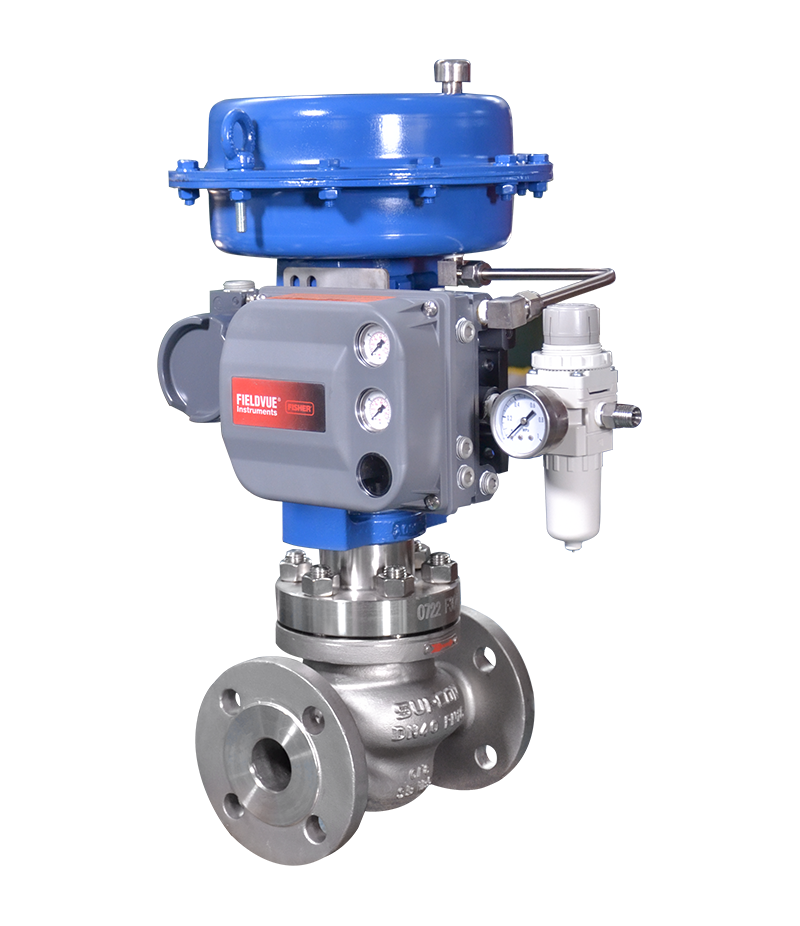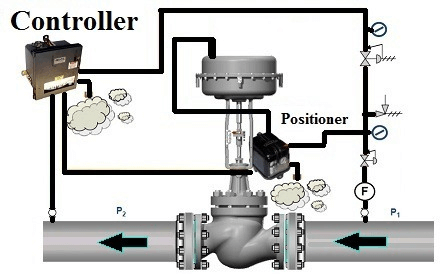Choosing the Right Control Valves: A Guide to Ideal System Efficiency
Choosing the Right Control Valves: A Guide to Ideal System Efficiency
Blog Article
Achieve Seamless Assimilation and Control With High Quality Structure Automation Controls
In the realm of modern structure monitoring, the relevance of top quality structure automation controls can not be overemphasized. Welcoming high quality building automation controls is not merely a matter of convenience however a critical imperative for organizations intending to maximize their facilities' performance and sustainability.

Advancement of Structure Automation Controls
Throughout the previous few decades, the evolution of building automation controls has actually considerably transformed the method structures are handled and run. Constructing automation systems mostly focused on standard features such as controlling heating, air, and air flow conditioning (HEATING AND COOLING) systems. However, as modern technology progressed, these controls have come to be a lot more sophisticated, permitting for a broader range of structure systems to be integrated and managed centrally.
The development of building automation controls has actually seen a shift in the direction of even more intelligent systems that can adapt to changing problems in real-time. This adaptability is important for maximizing energy effectiveness and ensuring resident convenience. In addition, modern building automation controls now use attributes such as predictive maintenance, remote monitoring, and data analytics, making it possible for facility managers to make data-driven decisions to enhance structure efficiency.

Advantages of Top Quality Assimilation
The innovation in building automation controls towards more intelligent systems has underscored the significant advantages of high quality assimilation in maximizing structure operations and improving overall effectiveness. This central control likewise gives better exposure and understandings into structure performance, enabling proactive maintenance and optimization techniques. Generally, the advantages of high quality integration in structure automation controls are obvious, supplying boosted effectiveness, comfort, and functional efficiency.
Enhanced User Experience and Availability
Enhancing individual communication with structure automation regulates through user-friendly design and enhanced access boosts the general experience for owners and center supervisors alike. By focusing on customer experience, building automation systems can become extra straightforward and efficient. Intuitive user interfaces, clear navigation, and customizable setups empower users to connect with the controls quickly and efficiently.
Availability attributes play a vital duty in making certain that all people, including those with handicaps, can use the building automation manages effortlessly. Incorporating attributes such as voice commands, responsive buttons, and color-contrasted displays can enhance availability and make the controls extra inclusive.
In addition, improved user experience causes greater user contentment, enhanced efficiency, and far better decision-making. Passengers can adjust ecological setups according to their choices, while center supervisors can effectively manage and check structure systems - control valves. Overall, prioritizing user experience and availability in building automation manages adds to an extra smooth and productive building setting for all stakeholders involved
Sustainable Practices Via Automation

In addition, automation can help with the combination of renewable resource resources such as solar panels or wind generators into structure operations. By automatically changing energy use based upon the availability of eco-friendly energy, buildings can further minimize their dependence on non-renewable resources. This seamless assimilation of sustainable methods not only profits the environment however additionally enhances the total operational effectiveness and cost-effectiveness of Source the building. Through automation, structures can straighten with modern-day sustainability objectives and add to a greener future.
Future Trends in Building Control Solution
In anticipation of developing and progressing innovations sustainability techniques, the trajectory of structure control systems you can try here is positioned to embrace transformative approaches and cutting-edge services. One prominent fad forming the future of building control systems is the raised combination of Artificial Intelligence (AI) and artificial intelligence. These technologies enable buildings to adjust in real-time to transforming problems, optimizing power usage and improving convenience for residents. Additionally, the Net of Things (IoT) is reinventing building control systems by attaching gadgets and sensors to boost and streamline operations efficiency.
An additional essential pattern is the focus on cybersecurity actions to protect against prospective hazards to building automation systems. As buildings end up being a lot more interconnected, guaranteeing robust cybersecurity protocols will certainly be essential to protect sensitive data and stop unauthorized access.
Moreover, the shift in the direction of cloud-based systems is obtaining energy, enabling systematized control and remote accessibility to structure systems. This assists in much easier surveillance, maintenance, and updates, improving the total efficiency and adaptability of structure control systems. As modern technology proceeds to advancement, these trends are anticipated to form the future landscape of building automation controls, driving development and sustainability in the constructed atmosphere.
Final Thought
Future patterns in structure control systems are likely to concentrate on further improving automation capacities for improved energy performance and overall efficiency. It is vital for structure owners and operators to focus on the fostering of high quality building automation regulates to optimize building procedures and achieve long-term sustainability objectives.
In the realm of contemporary structure monitoring, the importance of quality building automation controls can not be overstated. In general, the development of structure automation regulates continues to drive technology in the structure monitoring market, using brand-new opportunities for developing smarter and much more lasting structures.
The development in building automation regulates towards more smart systems has actually highlighted the significant benefits of quality integration discover here in optimizing building procedures and enhancing total effectiveness. Overall, prioritizing customer experience and availability in building automation controls contributes to an extra efficient and smooth building environment for all stakeholders entailed.
It is important for building owners and operators to focus on the adoption of high quality structure automation controls to enhance structure operations and accomplish long-term sustainability objectives. - control valves
Report this page